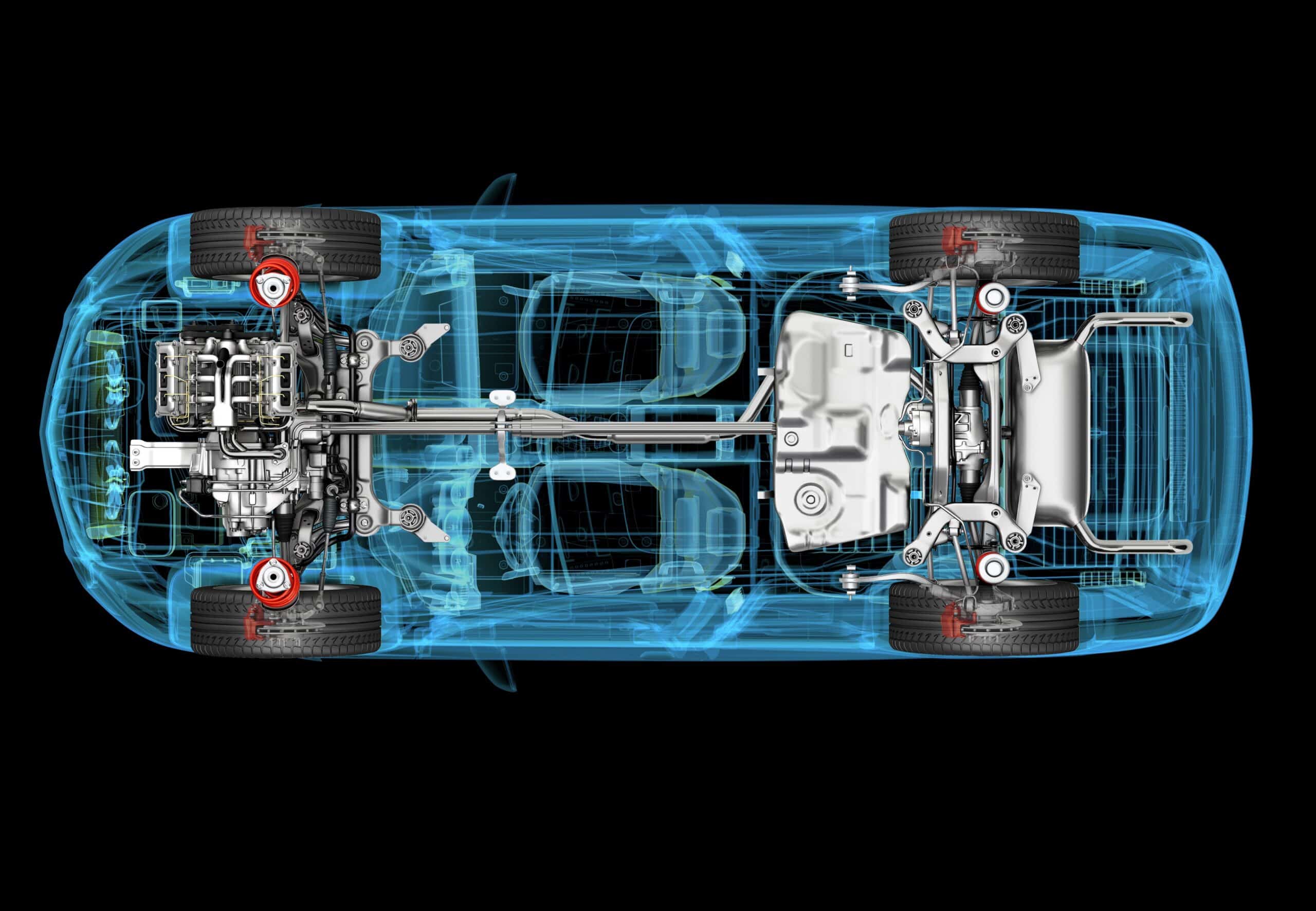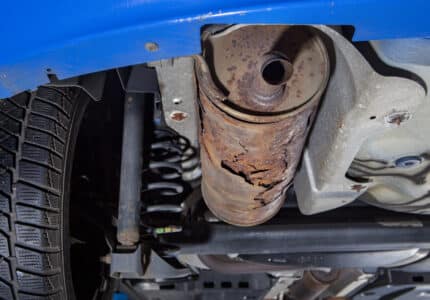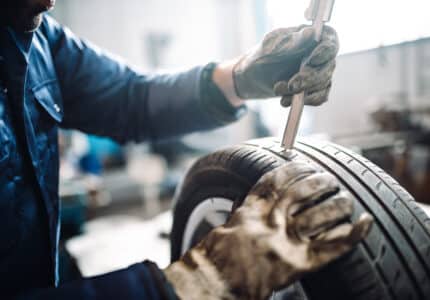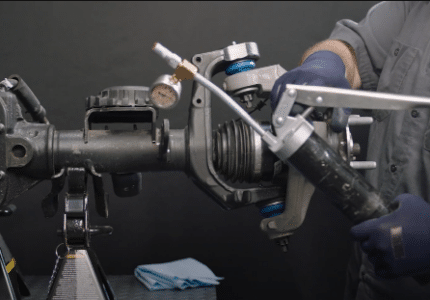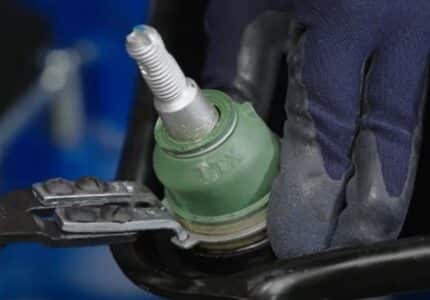SLOW YOUR ROLL: ALL ABOUT ANTI-ROLL SYSTEMS!
Your vehicle’s anti-roll system is critical for controlling body roll and keeping the vehicle level during sharp cornering and long or high-speed turns. Body roll compromises your steering and vehicle control. Without a stabilizing anti-roll system, your vehicle could lose traction or even roll over. Fortunately, our on-demand webinar covers all you need to know about anti-roll systems and how they work to keep all four wheels safely on the road.
What Is an Anti-Roll System?
 An anti-roll system has the important job of reducing body roll and improving vehicle handling, by keeping the vehicle’s body flat through turns and the vehicle’s weight distributed evenly across all four tires.
An anti-roll system has the important job of reducing body roll and improving vehicle handling, by keeping the vehicle’s body flat through turns and the vehicle’s weight distributed evenly across all four tires.
How Does an Anti-Roll System Work?
As the suspension on one side of the vehicle compresses, the anti-roll bar twists along its length and the suspension on the opposite side is also compressed a small amount, cancelling some of the body roll.
What Are the Components?
 An anti-roll system is comprised of a stabilizer bar, stabilizer bar bushings and stabilizer links.
An anti-roll system is comprised of a stabilizer bar, stabilizer bar bushings and stabilizer links.
 Stabilizer Bar
Stabilizer Bar
Sometimes called a sway bar, anti-sway bar or anti-roll bar, the stabilizer bar is a torsional spring. It can be solid or hollow in construction, and it controls the amount of load transfer between the left and right sides of the vehicle
 Stabilizer Bar Bushings
Stabilizer Bar Bushings
Used as semi-rigid points to mount the stabilizer bar to the vehicle frame or chassis, the bushings allow the stabilizer bar to transmit forces to each side of the vehicle. These bushings also isolate any NVH (noise, vibration, harshness) transmission from the chassis to the passenger compartment.
Stabilizer Links
Sometimes called end links or stab links, stabilizer links transmit compression or extension forces from one side of the vehicle to the other. One end is mounted to the stabilizer bar, while the other is mounted to a moving section of the suspension.
There are different types of stabilizer links. They can be:
 Radial loaded: loaded at a 90-degree angle on the mounting ends.
Radial loaded: loaded at a 90-degree angle on the mounting ends.
 Axially loaded: loaded at a 180-degree angle, with a push/pull on the bushings or joint.
Axially loaded: loaded at a 180-degree angle, with a push/pull on the bushings or joint.
 Combination loaded: both radial and axial loaded, and feature bushings, ball joints or a combination on each end.
Combination loaded: both radial and axial loaded, and feature bushings, ball joints or a combination on each end.
Main Reasons for Anti-Roll System Failure
There are many reasons why the anti-roll system can fail, including:
- Wear and tear
- Bad roads
- Over-worked system
- Damaged boots and contamination ingress
- Underlying issues, such as worn bushings
- Modifications, such as lifted or raised vehicles, which increase the loading/swing angles on links
Component Diagnostics
Things to look out for include:
- Clunks, pops and squeaks
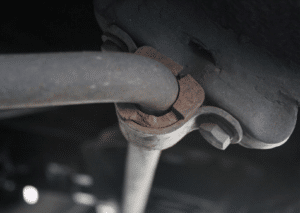
- Excessive play on components
- Dried out or torn bushings and dust boots
- Oversteering through turns
- Lazy or loose steering feedback
- Excessive body roll
Helpful Installation Tips
When diagnosing anti-roll systems, always test with the suspension loaded (wheels on ground) and feel for any play in the components.
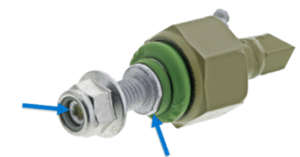
- For a successful installation, use anti-rotation features, such as provided wrench-flats or
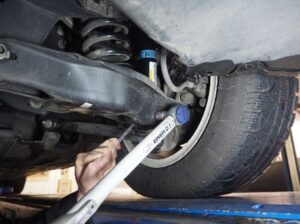 internal/external hex.
internal/external hex. - Do not over-compress bushings. Refer to the service manual for the correct torque values.
- Always torque bushing hardware at static resting ride height.
- Stabilizer bars are typically installed parallel to level ground.
- While most bushings are installed dry, some may require grease. Again, the service manual can provide proper installation guidelines.
Summary
Limiting body roll allows the vehicle to remain flatter on the road surface, helping to keep a lower center of gravity and better distributing vehicle weight over the four tires. This results in increased driver safety and improved handling.
To get an in-depth view of the different anti-roll system configurations, including where they are used, key failure points and installation tips, watch the webinar: Slow Your Roll: All About Anti-Roll Systems!
